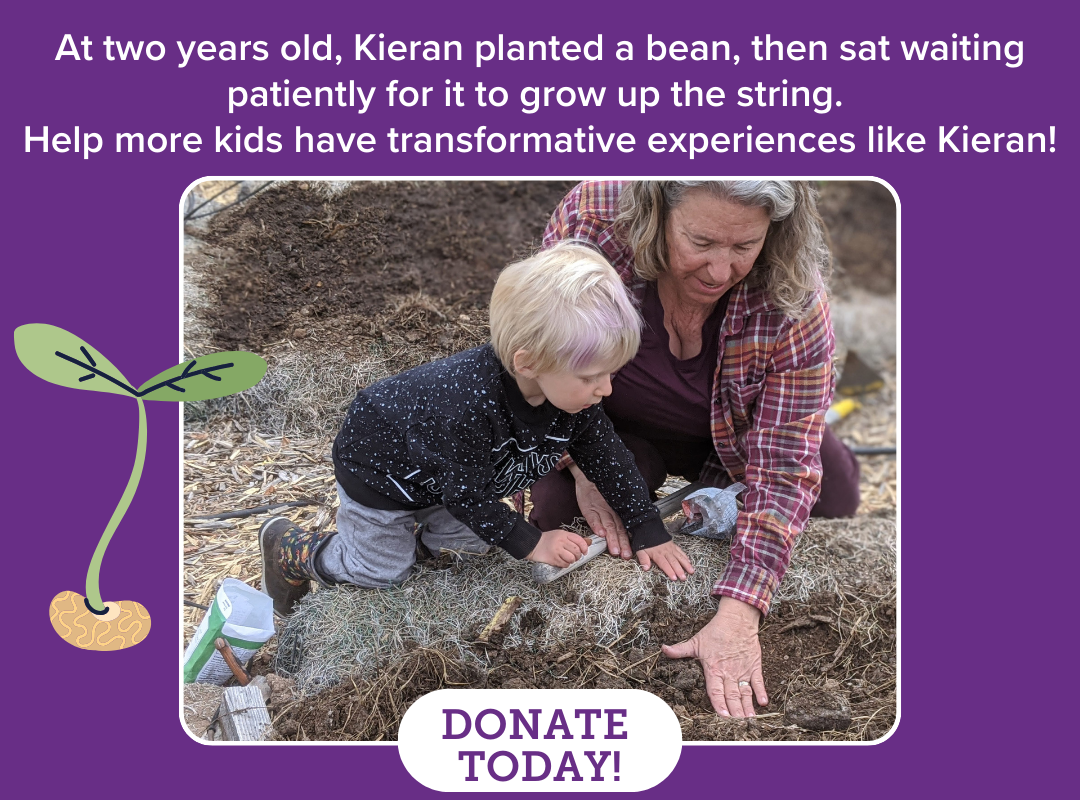Materials:
An assortment of craft supplies including basics like paper, markers, and glue
Instructions:
More than 150 of our common food crops, from avocados to zucchini, rely directly on pollinators to move pollen among flowers to facilitate fertilization, which ultimately leads to the development of fruits and seeds. Pollination by bees, hummingbirds, moths, bats, butterflies, flies, and beetles ensures the continued existence of millions of plant species, and in turn, of most animal species, including humans. An estimated one of every three mouthfuls of our food depend on pollinators.
The Pollinator Patch Program was designed to help you explore pollinators with your young gardeners. To complete the patch, your kids will need to complete one or two of the activities from each step of the program.
- Download the Cabot Pollinator Patch Booklet.
- Complete two activities from Step 1. Step 1 focuses on the question: What do pollinators do? When young gardeners finish, they will understand how pollinators help plants make fruits and seeds.
Choose one of the following activities:
- Color the Anatomy of a Flower
Make Your Own Flower
Choose one of the following activities:
- Pollinator Preference Chart
Play the Flower-Pollinator Pairing Game
3. Complete one activity from Step 2. Step 2 focuses on the question: Why are pollinators important? Young gardeners will learn about foods we eat and products we use that depend on the work of pollinators.
Choose one of the following activities:
- Create a Pollinator Placemat
Plan a Pollinator Celebration Snack
4. Complete one activity from Step 3. Step 3 focuses on the question: Why are pollinator populations in decline? At the end of the activity, young gardeners will understand some of the dangers facing pollinator populations
Choose one of the following activities:
- Activity: Play the “Be the Bee” game
- Interview a Beekeeper
5. Complete one activity from Step 4. Step 4 focuses on the question: How can we help protect pollinators? They will complete the patch program by understanding practical ways they can help protect pollinator habitats and populations
Choose one of the following activities:
- Create a Pollinator Poster or Brochure
- Write a Letter
- Research Pollinators Native to Your Area
- Draw a Design
6. Take your new pollination expert out to your garden or local green space and search for pollinators in action. Find ways to share the information you learned with friends and family.



